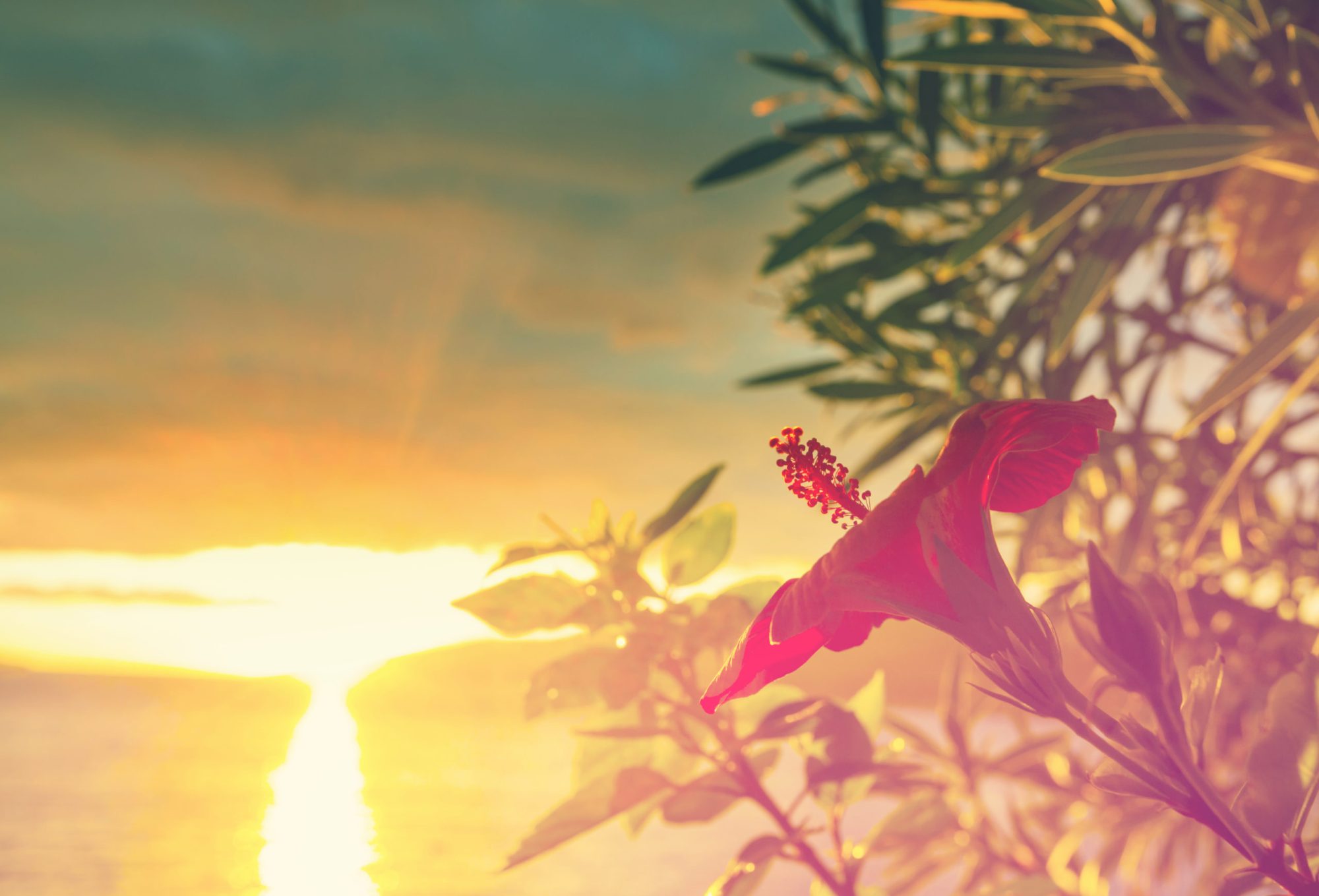Remember These 5 Cultural Customs Before Vacationing To Hawaii

The beautiful islands of Hawaii boast countless breathtaking scenes and diverse cultures, drawing in tourists from every part of the world. From the storied traditions to the majestic beaches, rainforests, rivers, and volcanoes, there is no doubt that Hawaii is on everyone’s bucket list of places to visit. However, Hawaii’s rich history has given its inhabitants much to love and protect. It is essential for anyone visiting the archipelago to uphold its values and honor the customs. To help you get ready for your much-anticipated vacation to Hawaii, we give you the five most crucial practices you need to observe when in Hawaii.
Respect Nature By Preserving It
One of the most essential concepts in Hawaiian culture is “Aloha ʻĀina,” translating to a “love of the land.” For locals and Native Hawaiians, a sizable chunk of their identity is rooted in protecting and preserving the environment in which they live, so tourists are expected to do the same. Some of the most popular activities in Hawaii are visiting nature formations, so it is imperative to remember that taking pieces of rock, soil, trees, shells, or sand is frowned upon; legend states that bad luck comes to those that do! Even altering their positions can be considered intrusive. The same goes for animals and plants.
Honor The Hula And Be Grateful For The Lei
If you have seen any Hawaii-set films, you know that one of the many traditions in the archipelago is giving visitors a lei, a Hawaiian floral garland. While the act is generally seen as a display of Hawaiian locals’ hospitality, it also holds deeper significance. Historically, hula dancers created leis using different Hawaiian flowers and plants, with each species representing a deity. The hula dancers are spiritually transformed to represent the gods they worship and honor when they perform. Thus, receiving a lei is a sacred welcoming, and the most polite thing to do is handle the lei with care. Moreover, you may take the lei back home if it is still in good condition. Otherwise, lay it out on a table or bed; tossing it in a trash can is a huge no.
Be Mindful Of Gestures And Terminologies
Kindness and generosity are essential pillars in Hawaiian tradition, and reciprocating them can be as straightforward as practicing culturally significant gestures and using the proper word choices in conversations. Here are four of the most common reminders:
Oahu houses the state’s capital, but residents do not like feeling like the other islands are disregarded. Instead of calling the Big Island, Maui, Lanai, Kauai, and Molokai the “outer islands,” refer to them as the “neighbor islands.” The same applies if you are on any of those islands and are talking about its neighbors. Also, there is no “main island” in Hawaii. Each is as important as the others, especially to the locals.
The shaka, a hand sign showing the three middle fingers folded with thumb and pinky pointed out, is encouraged anywhere and anytime. You can use it to greet a passerby, say thank you to a shop owner, or say goodbye to hotel staff or friends. No need to struggle to pull in those 3 center fingers. They can hang loose in the shaka.
It is important to learn the difference between locals and Hawaiians. Native Hawaiians take preserving their heritage and descent very seriously, and it is incorrect to refer to non-natives as Hawaiians. To be safe, use “locals” anytime you are unsure.
Please do not refer to the United States as only “the states,” as some people may misinterpret the meaning. Instead, you should use the term “the mainland.”
Always Follow Tour And Recreation Instructions
Whether riding on a jungle falls bike adventure or going on self-guided garden tours, being conscious of instructions and reminders is a must. It will show your respect and consideration for the people and environment and keep you safe from accidents. Please keep in mind that forest areas and natural formations in the archipelago are pristine and well-preserved, which means that sites that are not open to tourists might not have clear and secure paths. If you do not heed safety precautions, the threat of falling off a cliff or stumbling on roots or loose rocks is likely. Additionally, most of the land in tourist attractions is protected by conservation laws, so disrupting them without invitation or permission may result in fines and legal hurdles.
There Is No Place For Road Rage In Hawaii
When tourists go to Hawaii, the most common goal is to visit and unwind. Hence, respecting the relaxed attitude and atmosphere is recommended. The most important and helpful tip is to remember to drive slow. Locals in Hawaii seldom travel too far, so most people on the road are not in a hurry. Refrain from honking when driving; this is perceived as rudeness and shows impatience. If you have schedules to catch, try leaving early to ensure you will have enough time to travel. The second reminder is to kick off your shoes, literally. Removing your footwear before entering someone’s private residence – be it their home or an Airbnb – is a sign of respect and consideration.
To ensure that you do not neglect any of these customs and reminders, bookmark this article and feel free to return to it later to recap! Also, do not be scared to ask the locals about their practices. It is okay not to know everything immediately if you are eager to learn and be respectful.
Don’t have an itinerary for your trip yet? Botanical World Adventures can help you get the best interactive Hawaii experience with world-class ziplines, bike and Segway tours, giant hedge mazes, rainforest tours, and more! See the beauty of the Big Island and enjoy the best that Hawaii has to offer. Contact us and book your adventure with us today!
